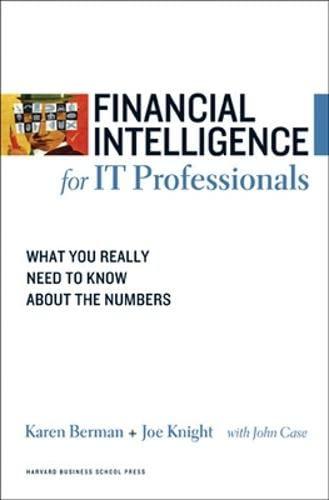Project 3. In finance, an option is a contract which gives the owner the right, but not the obligation, to buy or sell an underlying asset or instrument at a specified strike price on or before a specified date. The seller incurs a corresponding obligation to fulfill the transaction, that is to sell or buy, if the long holder elects to "exercise" the option prior to expiration. The buyer pays a premium to the seller for this right. An option which conveys the right to buy something at a specific price is called a "call"; an option which conveys the right to sell something at a specific price is called a "put" The value of an option is comprised of two components, first, its "intrinsic value" which is determined by the difference between of the market value of the underlying and the strike price for a given option, and second by a set of other factors which, through a complex interrelationship, reflect the discounted expected value of that difference at expiration. The valuation of options is an ongoing topic of research in academic and practical finance. The contemporary study of options valuation is based on the Black-Scholes model which was first published in 1973 A put or put option is a contract between two parties to exchange an asset (the underlying) at a specified price (the strike), by a predetermined date (the expiry or maturity). One party, the buyer of the put, has the right, but not an obligation, to sell the asset at the strike price by the future date, while the other party, the seller of the put, has the obligation to buy the asset at the strike price if the buyer exercises the option. If the strike is E and maturity time is T, and the buyer exercises the put at a time t, the buyer can expect to receive a payout of E- S(t), if the underlying price S(t) at that time is less than E. The exercise t must occur by time T; precisely what exact times are all specified by the type of put option. An American option can be exercised at any time l or equal to T. If the option is not exercised by maturity, it expires worthless. (Note that efore e buyer will not exercise the option at an allowable date if the price of the underlying is greater than E.) The objective of this project is to determine the value of the American put option contract as a function of S, t and other paraneters E.T.r (the interest r (the market volatility). Specific tasks for the project are as follows ate) and Project 3. In finance, an option is a contract which gives the owner the right, but not the obligation, to buy or sell an underlying asset or instrument at a specified strike price on or before a specified date. The seller incurs a corresponding obligation to fulfill the transaction, that is to sell or buy, if the long holder elects to "exercise" the option prior to expiration. The buyer pays a premium to the seller for this right. An option which conveys the right to buy something at a specific price is called a "call"; an option which conveys the right to sell something at a specific price is called a "put" The value of an option is comprised of two components, first, its "intrinsic value" which is determined by the difference between of the market value of the underlying and the strike price for a given option, and second by a set of other factors which, through a complex interrelationship, reflect the discounted expected value of that difference at expiration. The valuation of options is an ongoing topic of research in academic and practical finance. The contemporary study of options valuation is based on the Black-Scholes model which was first published in 1973 A put or put option is a contract between two parties to exchange an asset (the underlying) at a specified price (the strike), by a predetermined date (the expiry or maturity). One party, the buyer of the put, has the right, but not an obligation, to sell the asset at the strike price by the future date, while the other party, the seller of the put, has the obligation to buy the asset at the strike price if the buyer exercises the option. If the strike is E and maturity time is T, and the buyer exercises the put at a time t, the buyer can expect to receive a payout of E- S(t), if the underlying price S(t) at that time is less than E. The exercise t must occur by time T; precisely what exact times are all specified by the type of put option. An American option can be exercised at any time l or equal to T. If the option is not exercised by maturity, it expires worthless. (Note that efore e buyer will not exercise the option at an allowable date if the price of the underlying is greater than E.) The objective of this project is to determine the value of the American put option contract as a function of S, t and other paraneters E.T.r (the interest r (the market volatility). Specific tasks for the project are as follows ate) and








